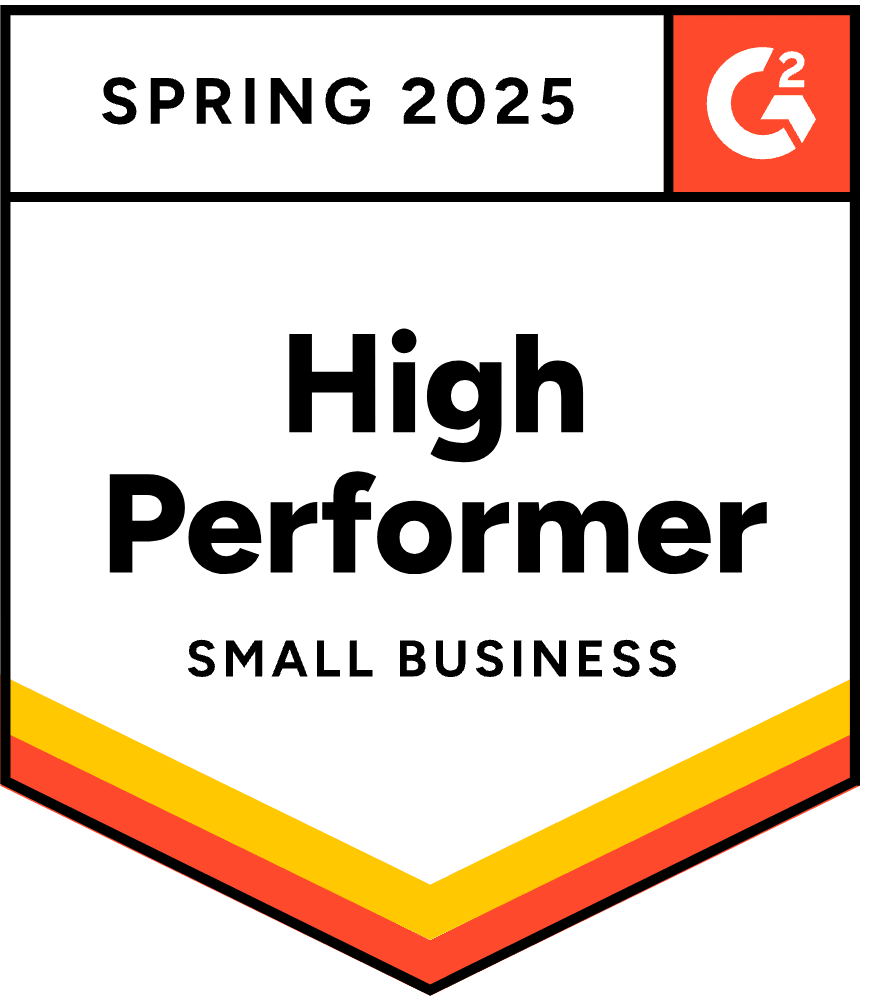- Blog
- How to Calculate Conversion Rate: Quick Guide and Useful Tips
How to Calculate Conversion Rate: Quick Guide and Useful Tips
-
OptiMonk
- Conversion
- 6 min read
Table of Contents
When measuring the success of your online business and the overall website traffic, there are plenty of metrics and key performance indicators (KPIs) you can track to stay on top of your progress.
One of the most important metrics to track is conversion rate. The most commonly used conversion rate metric is the overall visitors to sales – simply put how many sales you have divided by how many users came to your website.
In this article, we’ll discuss what a conversion rate is, what it tells you, how to calculate it, and how to optimize it.
Ready? Let’s dive in!
Conversion rate calculator
Conversion rate calculator
You can calculate your overall conversion rate quickly and easily using the above calculator, if that’s all you’re interested in…
However, conversion rate calculations can go a lot deeper than that.
Ready? Let’s dive in!
What is a conversion rate?
Conversion rate is the number of people that take action compared to the total number of people. For example, how many people purchase in a store, whether online or in-person, compared to how many people actually visit.
Depending on how you determine a “conversion,” you could measure the conversion rate on a number of different data points.
What’s most important for your online business is to define which actions are counted as a conversion, often referred to as the desired action.
Typically, it’s making a purchase or submitting an order, although there are other equally valuable conversions your business might track.
There are also other types of conversions, often called soft-conversions, These include things like:
- initiating contact with your business (through a popup, a form, a chatbot, etc.)
- subscribing (to your social media channels or email newsletters)
- downloading content from your blog or
- using your free features
Calculating conversion rates and micro conversions helps measure the effectiveness of your marketing efforts and the overall user experience on your site.
By analyzing these rates, you can identify successful strategies, optimize underperforming areas through identifying areas for improvement, and make data-driven decisions to improve their overall performance and customer satisfaction.
Types of conversion rates
It’s crucial to examine different types of conversion rates to get a comprehensive understanding of your website’s performance.
These conversion rate measures provide a comprehensive understanding of your website’s performance and help tailor your marketing strategies accordingly.
Here are methods to further break down conversion rates:
- Overall conversion rate: This measures the percentage of total visitors who complete your primary goal, such as making a purchase or signing up for a service.
- Channel conversion rate: Breakdown of conversion rates by traffic source, helping you identify which channels are most effective.
- Page conversion rate: This focuses on individual pages, allowing you to optimize high-traffic pages for better conversions.
- Ad or campaign conversion rate: It evaluates the success of specific marketing campaigns or (paid) ads.
- Keyword conversion rate: It helps you understand which keywords drive the most conversions, informing your SEO and PPC strategies.
- Existing vs new customers: Helps determine differently people behave if they have already have experience with your brand.
- Demographics based: Helps determine if there’s a specific demographic or target audience that responds better to your campaigns.
What does the conversion rate tell me?
Conversion rates are useful for sales and marketing teams.
Conversion rate is one of the most important key performance indicators (KPIs) that helps evaluate the effectiveness of your marketing strategy. It helps monitor strategies and find ways to better engage with customers throughout the customer journey.
Here’s how:
- Effectiveness of marketing campaigns: A high conversion rate indicates successful marketing efforts, while a low rate suggests a need for improvement.
- Website performance: Any changes in website navigation, design, or content can impact conversion rates, revealing the effectiveness of these modifications.
- Customer insights: Conversion rates provide a holistic view of how well your business meets customer needs, directly linking visitor behavior to profit.
- Strategic adjustments: Unlike other metrics, conversion rates accurately represent the profitability of your strategies, allowing for informed adjustments to maximize outcomes.
By regularly analyzing your conversion rate, you can make data-driven decisions to optimize your strategies, enhance user experience, and ultimately drive more sales.
What is a good conversion rate?
Looking at our list of conversion rate optimization statistics will tell you that the average conversion rate is 1.81%.
While you could say anything above that is a good, I would highly recommend against that!
Conversion rate can vary significantly based on niche, acquisition channel, and other factors.
Doing competitor analysis should help inform you on how you’re doing vs competitors, which is a much better measure than using “random” statistics you can find online. Of course, it is a bit more work, but worth it in the end.
How to calculate conversion rate using a conversion rate formula?
Once you’ve decided what you’re counting as a conversion, it’s time to start calculating conversion rate.
To do this, divide the number of conversions by the total number of website visitors. To get this as a percentage, multiply the answer by 100.
So, the conversion equation looks like this:
(conversions/total visitors) x 100 = conversion rate

If, for example, my ecommerce site received 1,500 visitors over a day and 20 of those made a purchase, my conversion rate would be (20/1500) x 100 = 1.3%.
This formula can be adapted. For example, you can tweak it to include the total number of conversions per new visitor or the total number of conversions on a specific page.
Different conversion rate formulas can be used to measure various aspects of marketing effectiveness.
You’ll notice that if the total number of visitors is low but conversions are high in comparison, your conversion rate will be higher. Similarly, many visitors with few conversions will lead to low conversion rates.
Once you’ve calculated your conversion rate, you can compare it with other conversion rates in your industry. As of 2020, average conversion rates for an ecommerce website were around 2.86%.
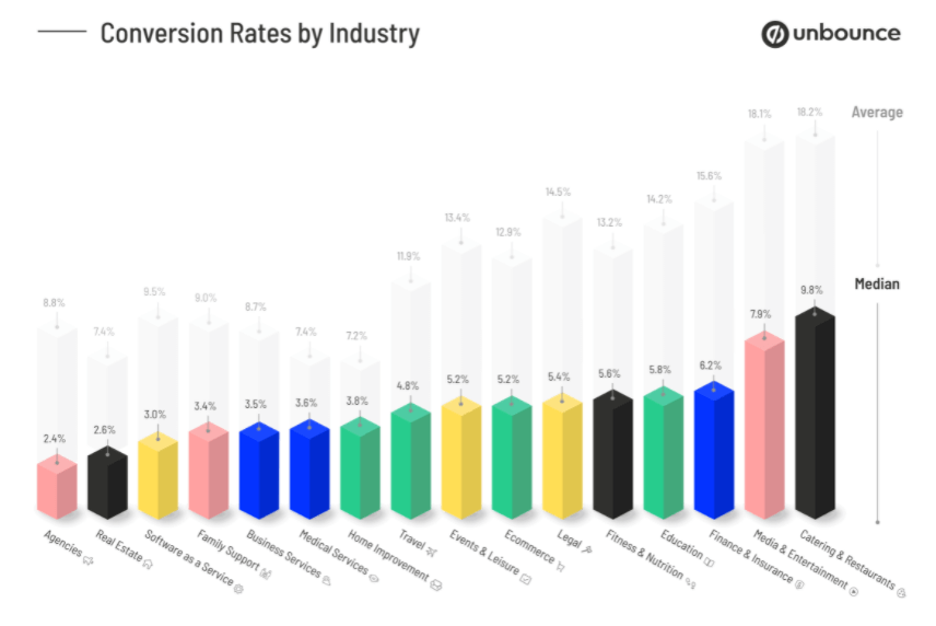
Conversion tracking tools
Using the right tools is essential for effectively tracking and improving your conversion rates. These tools are essential for accurately measuring website conversion rates and understanding user behavior on your site.
Here are 4 popular tools for tracking conversions:
1. Google Analytics
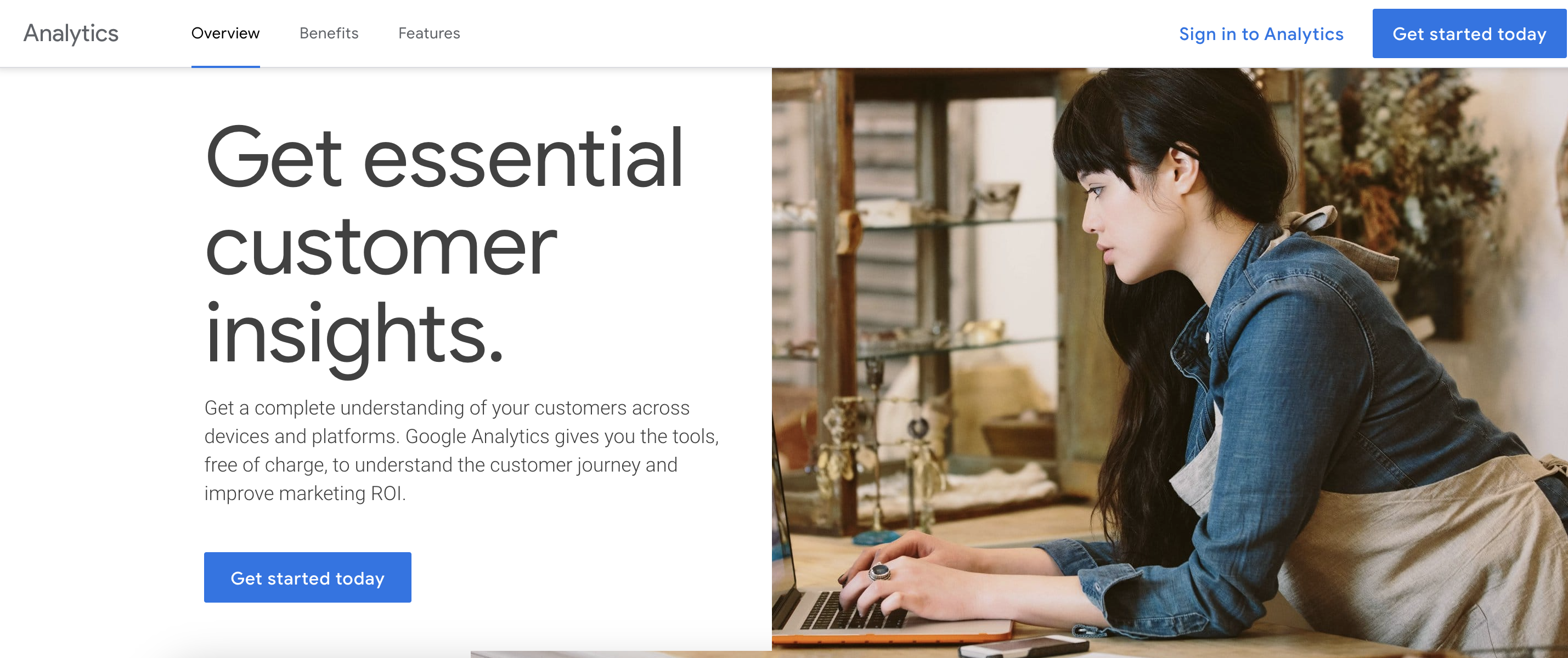
Google Analytics is a robust tool for tracking conversions, setting up goals, and analyzing traffic sources. It offers comprehensive insights into user behavior, allowing you to monitor which marketing channels drive the most conversions.
By setting up conversion goals, you can easily measure specific actions, such as purchases, form submissions, or sign-ups.
Key features:
- Goal tracking: Set up and monitor goals to see how well your site meets its objectives.
- Traffic analysis: Understand where your visitors are coming from and which channels are most effective.
- Behavior flow: Visualize the path users take through your site, identifying where they drop off or convert.
2. Kissmetrics
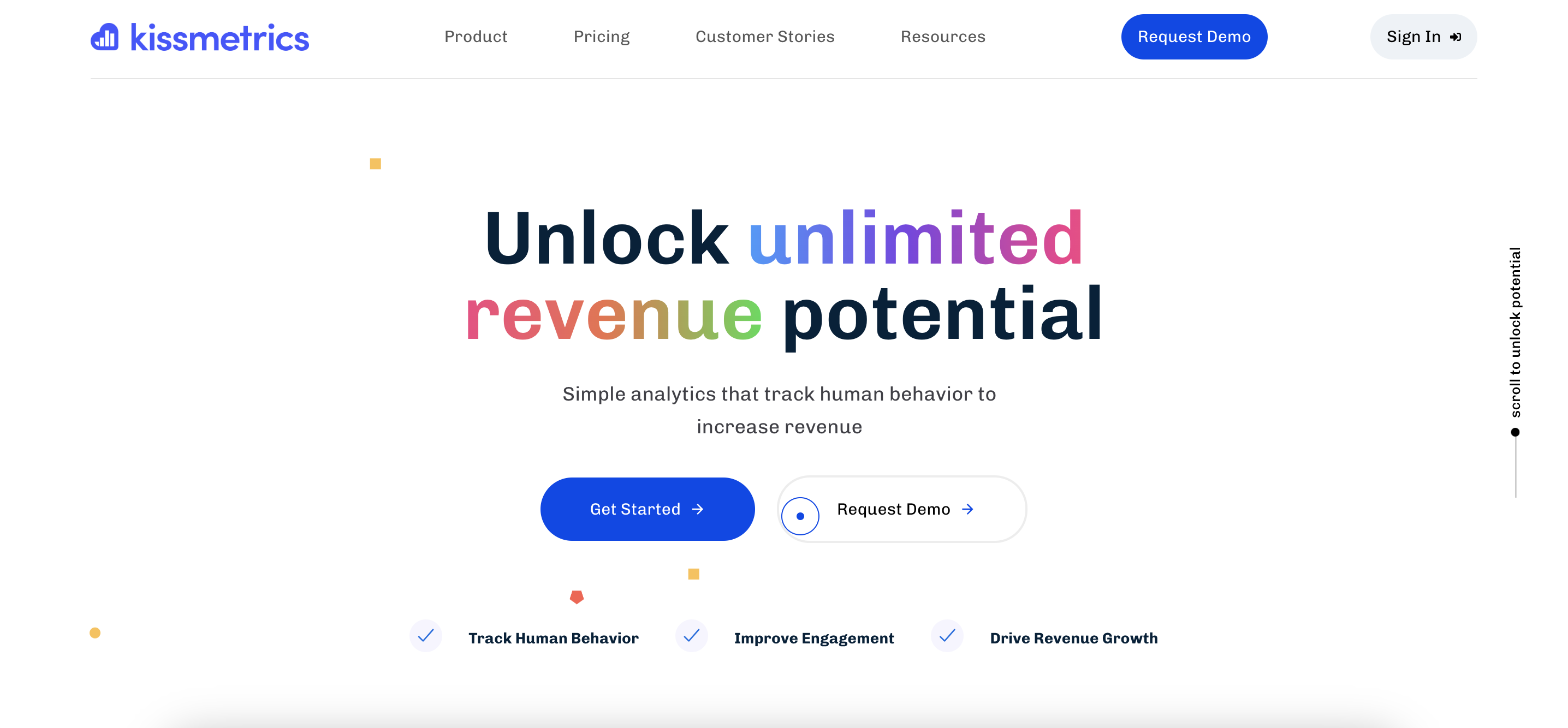
Kissmetrics focuses on individual user behavior, helping you understand the customer journey in detail.
This tool tracks each visitor’s actions, providing insights into how they interact with your site over time. It’s especially useful for identifying trends and patterns that lead to conversions.
Key features:
- User tracking: Monitor the behavior of individual users across multiple sessions.
- Funnel reports: Analyze the steps users take before converting, allowing you to optimize each stage of the funnel.
- Cohort analysis: Group users based on shared characteristics or behaviors to understand long-term trends.
3. Mixpanel
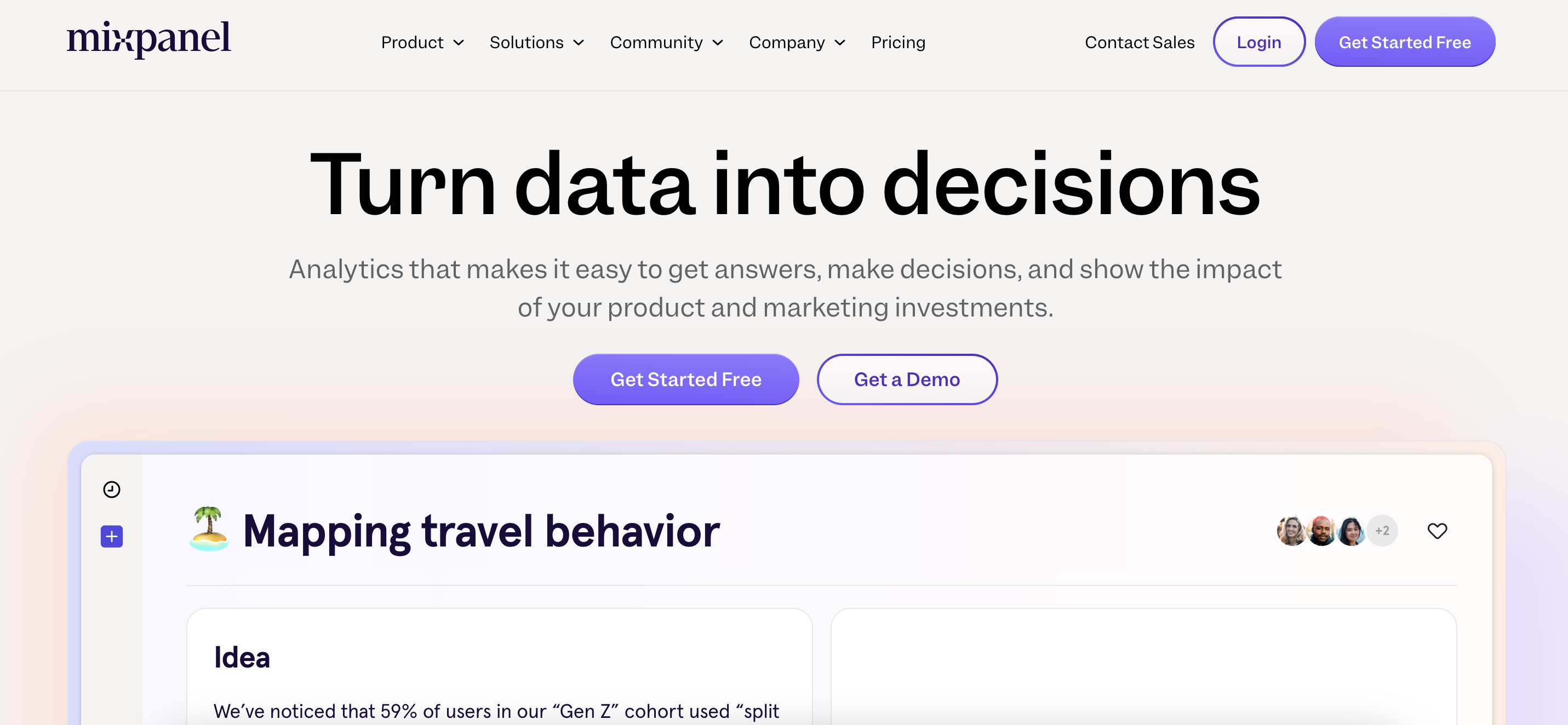
Mixpanel is ideal for tracking actions on your site and understanding user engagement.
It allows you to measure specific events, such as clicks, page views, or purchases, and see how these events contribute to your overall conversion goals.
Mixpanel’s powerful analytics and visualization tools help you pinpoint areas for improvement.
Key features:
- Event tracking: Track specific user actions and see how they impact conversions.
- Retention analysis: Measure how well you retain users over time and identify factors that influence retention.
- A/B testing: Experiment with different versions of your site or app to see which performs better in terms of conversions.
4. Heap
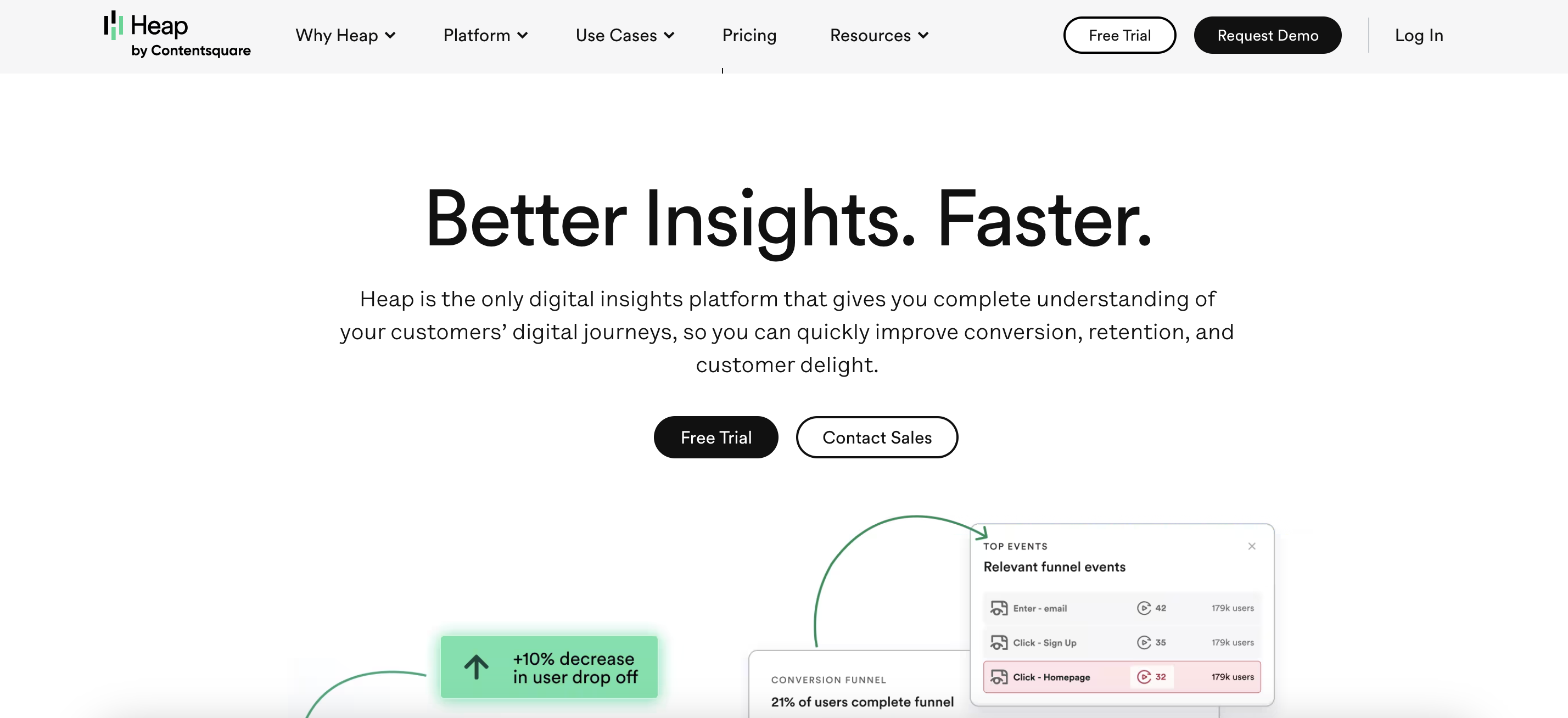
Heap is ideal for automatically capturing user interactions on your site and building a complete picture of user behavior.
It allows you to track every click, page view, form submission, and more—without manual instrumentation—so you can analyze how users navigate and engage with your product.
Heap’s intuitive interface and retroactive analytics help you uncover insights and improve user experience with minimal setup.
Key features:
- Autocapture: Automatically records all user interactions, so you don’t miss important data.
- Retroactive analysis: Analyze historical user behavior, even before events were explicitly defined.
- Funnel analysis: Visualize user journeys and identify drop-off points in your conversion funnels.
How to choose a conversion tracking tool?
When choosing your conversion tracking tool, these are the factors that you should look out for:
- Goal tracking: Set up and monitor goals to see how well your site meets its objectives.
- Traffic analysis: Understand where your visitors are coming from and which channels are most effective.
- Behavior flow: Visualize the path users take through your site, identifying where they drop off or convert.
- User tracking: Monitor the behavior of individual users across multiple sessions.
- Funnel reports: Analyze the steps users take before converting, allowing you to optimize each stage of the funnel.
- Cohort analysis: Group users based on shared characteristics or behaviors to understand long-term trends.
- Event tracking: Track specific user actions and see how they impact conversions.
- Retention analysis: Measure how well you retain users over time and identify factors that influence retention.
- A/B testing: Experiment with different versions of your site or app to see which performs better in terms of conversions.
How to optimize conversion rate on your website?
After calculating your conversion rate, you need to do something with that information. Simply knowing it isn’t going to boost your profits or grow your customer base!
Instead, use the data to:
- inform future business decisions,
- help you attract more customers,
- make purchasing (or other forms of conversion) easier and more user friendly, and
- boost the effectiveness of your marketing strategies.
By making these data-driven improvements, you’ll optimize your conversion rates and lay the foundation for long-term business growth.
Next, let’s see a few more tips you can use to boost the number of conversions.
1. Run ad campaigns
There’s a reason marketing teams run ad campaigns on different platforms—because they work!
By drawing attention to your brand, highlighting offers, and directing customers to your ecommerce website, ad campaigns increase interest in your products or services and can lead directly to purchases or other conversions.
The more campaigns you run, the better your brand awareness will be when customers are looking for products. So, make sure you keep an eye on your marketing channel conversion rate. It can help you identify which campaigns (and which platforms) are converting visitors into paying customers.
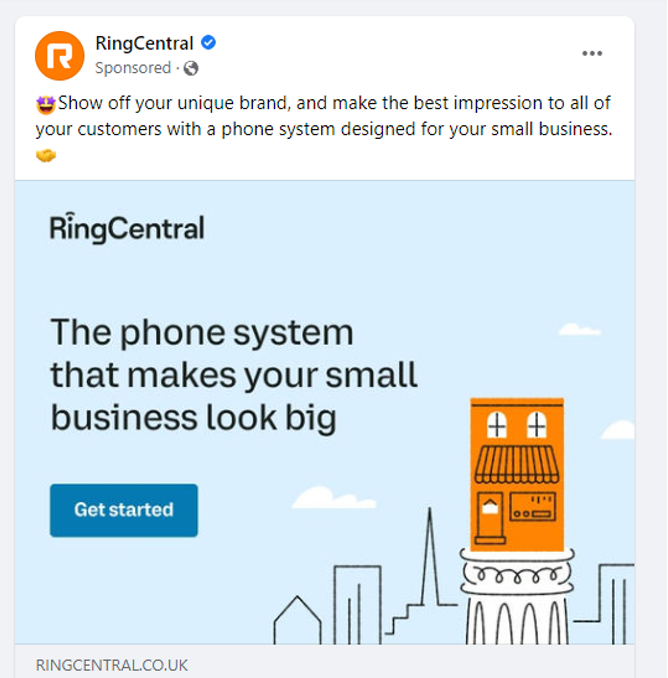
2. Set up a landing page
If customers are arriving at your ecommerce website from search engines or other web pages, they need to know they’re in the right place. You want to echo the core messaging from the ad they clicked on, the search results they chose, etc.
A dedicated landing page that reflects your brand image and speaks to a specific segment of customers will make them less likely to bounce.
Once you have their attention, send them into your sales funnel or move them directly to your product pages with high-converting popups.
3. Send follow-up emails
Many customers are unlikely to convert on their first visit. They need time to get to know you, and this is where you nurture those leads with follow-up emails.
Sending follow-up emails reminds customers about your brand and the products you offer. This can help them re-engage with your business by reminding them of the products they viewed during their last visit and encouraging them to make a purchase.
This email from Birchbox is a great example. It displays attractive products and incentivizes potential customers to make a purchase with discount codes and free shipping.
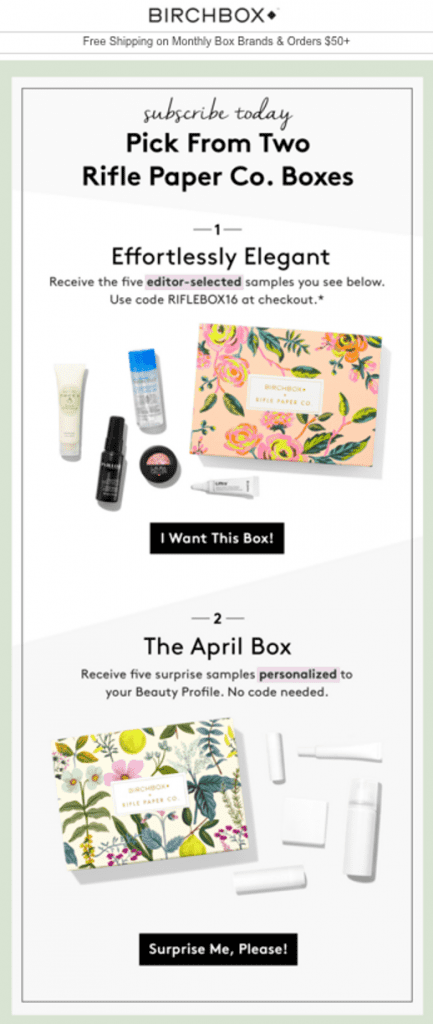
4. A/B test your pages
Some elements of your ecommerce web pages will boost conversions, while others will fall flat. There’s only one surefire way to identify them: test each element and experiment with alternatives!
Improvements could be as simple as including calls to action throughout your content or moving purchase buttons to be more centralized on your pages.
A/B testing compares two options and determines which is more effective and gets you closer to your conversion goal.
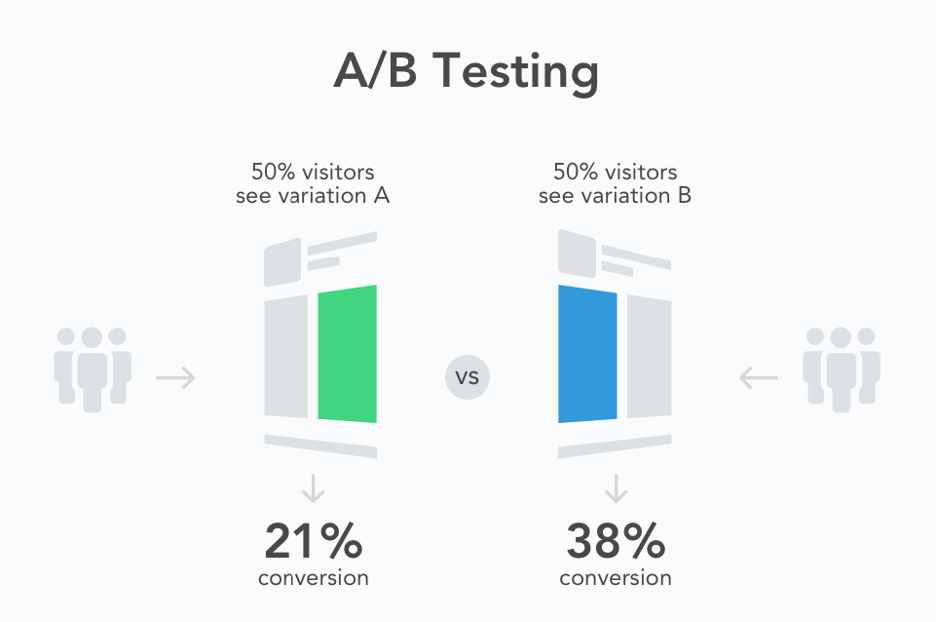
Looking to elevate your conversion rates? Check out this video for strategies to enhance conversions and drive higher revenue:
Ready to boost your sales with conversion rate optimization?
As we’ve discussed, if you want to improve your conversion rate, you first need to know how to calculate it, decide what you’re counting as a “conversion,” and study what’s driving your customers to purchase or convert.
Remember that you may want to track several different types of conversions (like purchases, downloads, follows, subscriptions, etc.) as you’re tracking your website’s conversion rates: the more conversions you secure, the more your business will grow.
Hopefully, you’ve found the formula, tips, and examples in this article helpful. When you begin tracking your conversion rate, you’ll notice trends and patterns emerging over time, which you can use to make better business and marketing decisions. Good luck!
About the author
Samantha Clayton is a Content Specialist at RingCentral, the leader in cloud communications, international phone number, and collaboration provider worldwide. Samantha is passionate about creating compelling angles for content and finding out about people’s interests and passions, ensuring a better experience for customers and partners. She has extensive experience in content writing and strategy and has been an Account and Senior Manager in Tech & Communications industries.
Migration has never been easier
We made switching a no-brainer with our free, white-glove onboarding service so you can get started in the blink of an eye.
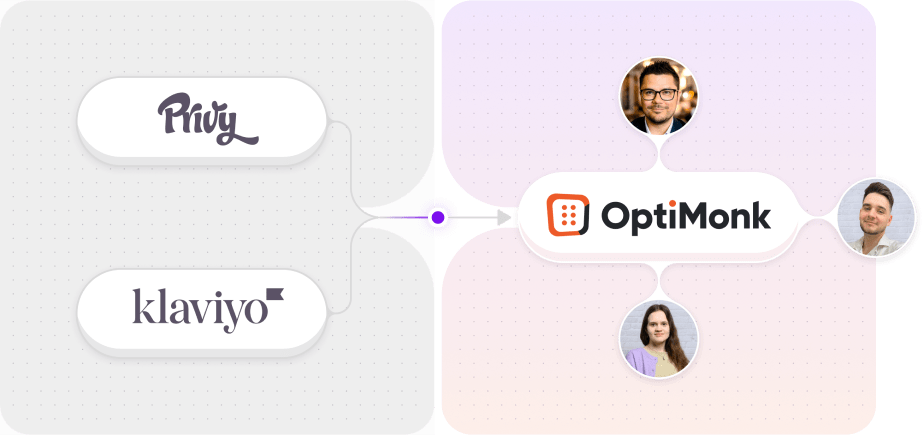
What should you do next?
Thanks for reading till the end. Here are 4 ways we can help you grow your business:
Boost conversions with proven use cases
Explore our Use Case Library, filled with actionable personalization examples and step-by-step guides to unlock your website's full potential. Check out Use Case Library
Create a free OptiMonk account
Create a free OptiMonk account and easily get started with popups and conversion rate optimization. Get OptiMonk free
Get advice from a CRO expert
Schedule a personalized discovery call with one of our experts to explore how OptiMonk can help you grow your business. Book a demo
Join our weekly newsletter
Real CRO insights & marketing tips. No fluff. Straight to your inbox. Subscribe now
- Posted in
- Conversion
Partner with us
- © OptiMonk. All rights reserved!
- Terms of Use
- Privacy Policy
- Cookie Policy
Product updates: January Release 2025

